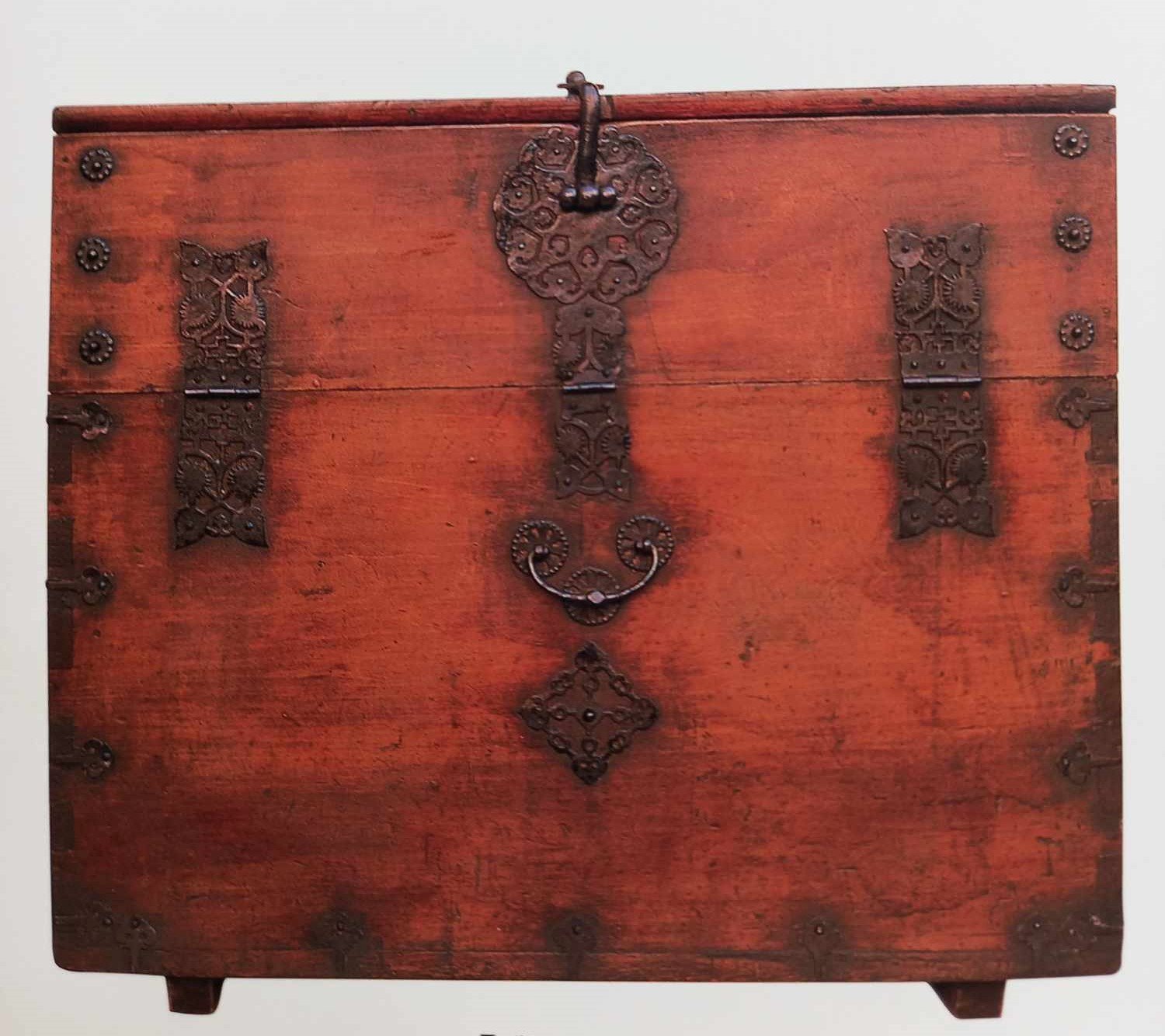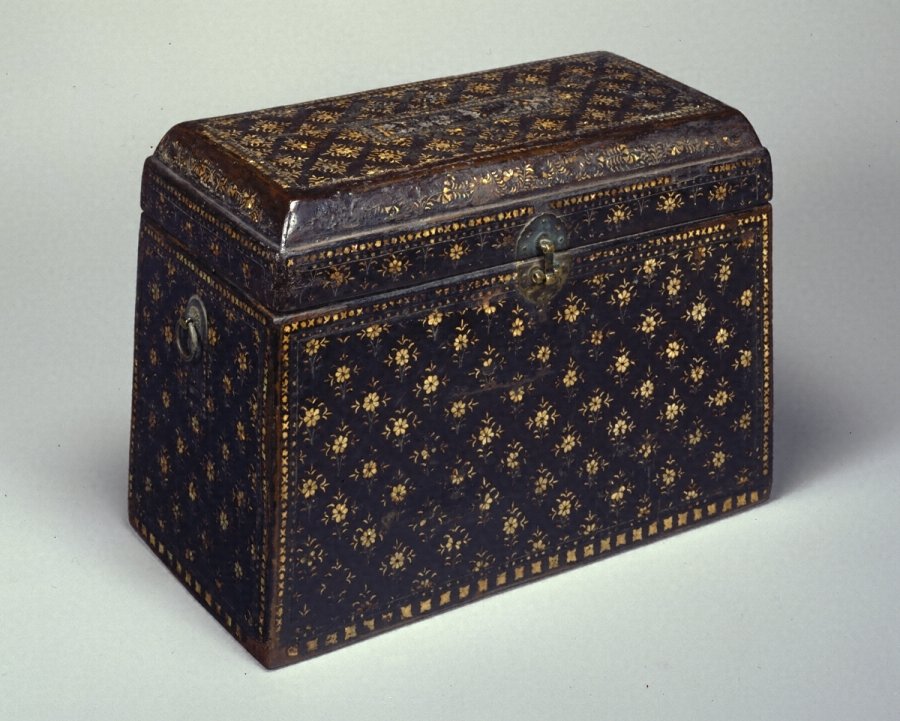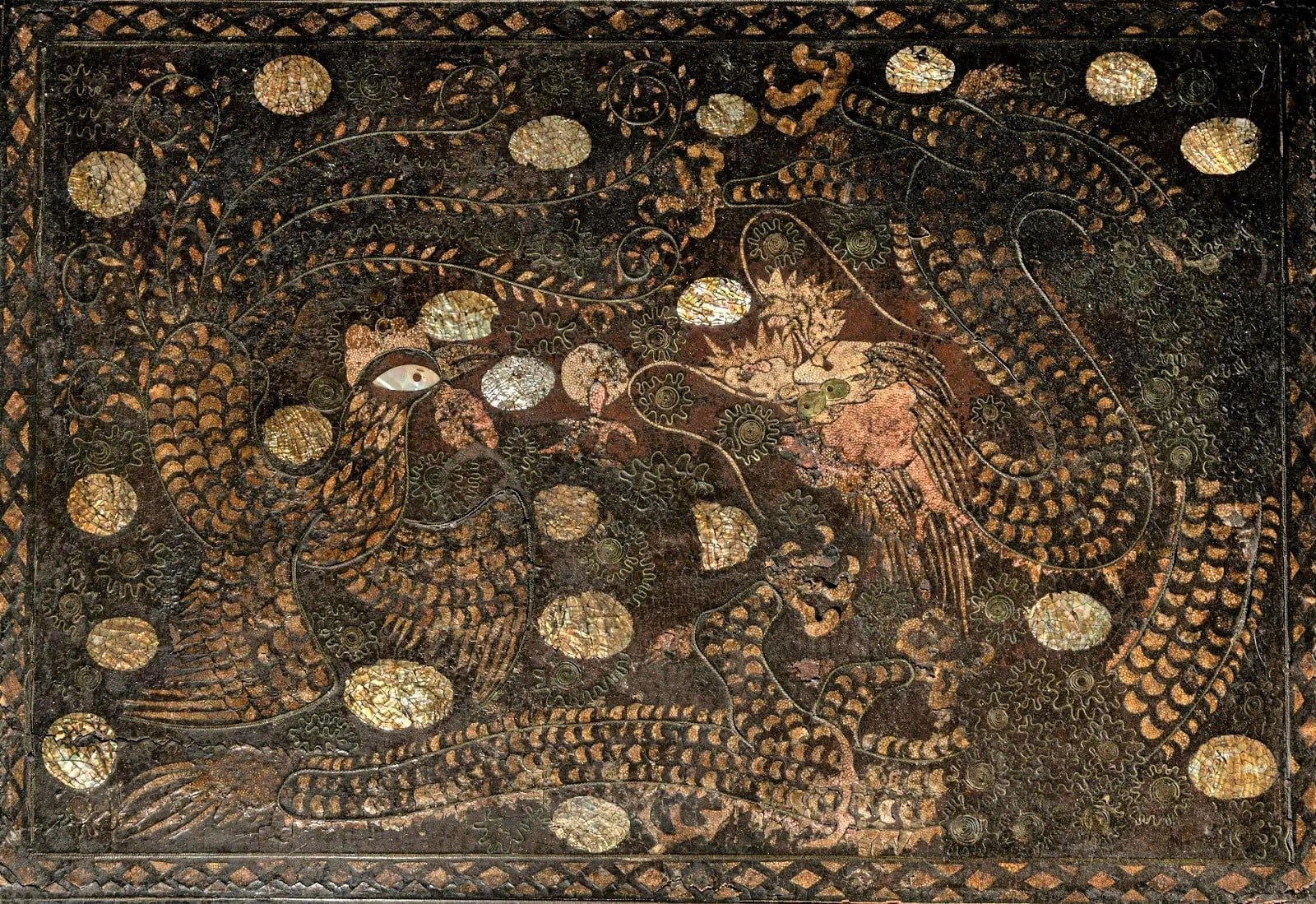Hwanghae Do province was located in the northwest of Korea. The provincial capital was Haeju. The regional name for the province was Haeseo. In 1395, the province was organized as Punghae (풍해도; 豐海道; Punghae-do). In 1417, it was renamed Hwanghae. The name derived from the names of the two principal cities of Hwangju (황주; 黃州) and Haeju (해주; 海州). In 1945, Korea was divided into Soviet and American zones […]




